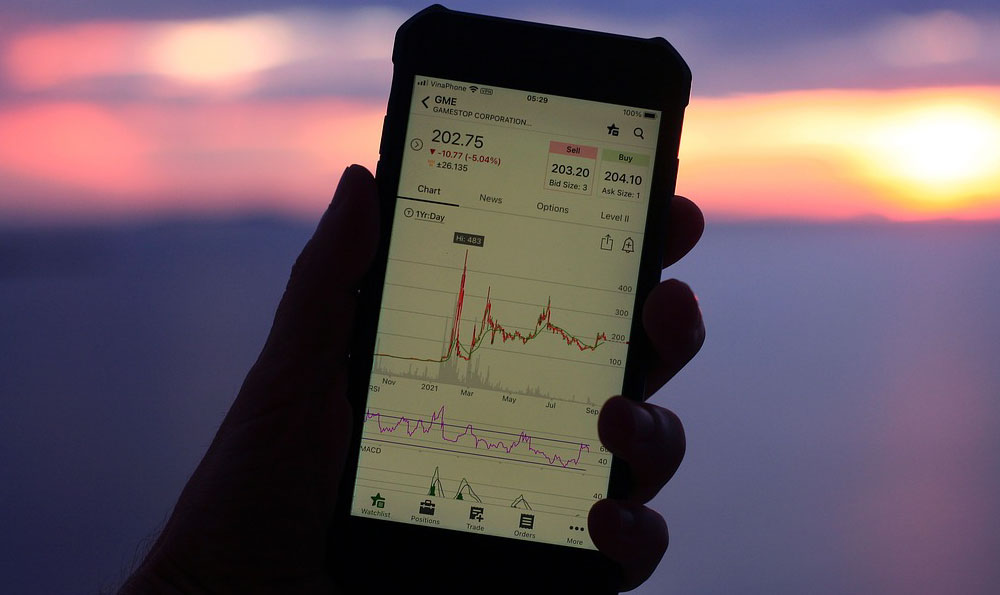
The allure of financial markets often extends beyond established giants like the NYSE and NASDAQ, beckoning investors to explore regional exchanges with potentially unique opportunities. The Texas Stock Exchange (TXSE), a new entrant aiming to challenge the status quo, has garnered significant attention. Investing in the TXSE, or rather, companies listed on it, necessitates a deep understanding of its structure, goals, and the inherent risks and rewards involved.
Understanding the TXSE: A New Landscape for Investment
Before diving into investment strategies, it's crucial to understand what the TXSE represents. It's not simply a geographical relocation of existing trading activity. The TXSE aims to differentiate itself through several key aspects: lower listing fees compared to major exchanges, potentially less stringent regulatory burdens (though this remains to be seen and carefully scrutinized), and a focus on attracting companies in the Texas region and beyond. This could lead to a listing of companies that might be too small or too specialized for larger exchanges, offering investors exposure to niche markets and potentially high-growth ventures.

However, this novelty also introduces significant uncertainties. Liquidity, the ease with which shares can be bought and sold without significantly impacting the price, will likely be lower than on established exchanges, especially in the initial phases. This lower liquidity translates to increased volatility, meaning prices can fluctuate more drastically. Investor confidence in a new exchange is also a factor; it takes time for an exchange to establish credibility and attract a broad base of institutional and retail investors.
Navigating the Investment Landscape: A Step-by-Step Approach
Assuming the TXSE becomes operational and listing companies, approaching investments requires a cautious and well-researched strategy:
-
Thorough Due Diligence: This is paramount. The companies listing on the TXSE may be smaller, younger, or operating in less-covered sectors. Scrutinize their financials, business models, competitive landscapes, and management teams with exceptional care. Don't rely solely on information provided by the company; seek independent analysis and consider hiring financial advisors if needed. Pay close attention to debt levels, cash flow projections, and the long-term sustainability of their business model.
-
Understanding the Sector: Companies may focus on specific industries relevant to Texas, like energy, technology, or agriculture. Deeply researching the industry to understand the current trends, competitive pressures, and regulatory environments is important before investing.
-
Risk Assessment and Tolerance: Investing in companies listed on a new exchange inherently involves higher risk. Accurately assess your risk tolerance and investment horizon. Only allocate a portion of your portfolio that you can afford to potentially lose. Diversification, even within the TXSE, is crucial to mitigate risk. Consider investing in multiple companies across different sectors to reduce exposure to any single company's performance.
-
Liquidity Considerations: Be aware that selling your shares quickly might be challenging, especially during market downturns. Consider this a long-term investment and be prepared to hold your positions for an extended period. Avoid investing funds that you might need access to in the short term.
-
Start Small: Begin with a modest investment amount. As the exchange matures and you gain more confidence in your investment decisions, you can gradually increase your exposure. This allows you to learn and adapt to the unique characteristics of the TXSE without significant financial risk.
-
Monitor Closely: Regularly monitor your investments and stay informed about the companies you've invested in. Track their financial performance, industry developments, and any news that might affect their stock price. Be prepared to adjust your strategy as needed.
Potential Opportunities and Pitfalls
The TXSE presents the potential for early-stage investors to identify undervalued companies with significant growth potential. Investing in companies before they become widely recognized can lead to substantial returns if they succeed. However, this also comes with the risk of investing in companies that ultimately fail.
Several pitfalls must be carefully considered:
-
Limited Information: The availability of reliable information about companies listed on the TXSE may be limited compared to those on major exchanges. This makes thorough due diligence even more critical.
-
Manipulation Risks: Smaller exchanges can be more susceptible to market manipulation. Be wary of pump-and-dump schemes and other fraudulent activities.
-
Economic Downturns: Smaller companies are generally more vulnerable to economic downturns. Be prepared for the possibility of significant losses during periods of economic uncertainty.
-
Regulatory Changes: The regulatory landscape for the TXSE is still evolving. Changes in regulations could impact the exchange's operations and the companies listed on it.
The Future of Investing in TXSE
The TXSE's success hinges on its ability to attract a critical mass of companies and investors. If it can achieve this, it could become a valuable platform for smaller companies to access capital and for investors to gain exposure to unique investment opportunities. However, significant risks and uncertainties remain.
Investing in the TXSE requires a long-term perspective, a high tolerance for risk, and a commitment to thorough research and due diligence. It is not a suitable investment for everyone. Consulting with a qualified financial advisor is highly recommended before making any investment decisions. Understanding the dynamics of this new exchange is essential to navigating its waters successfully and protecting your investment.





